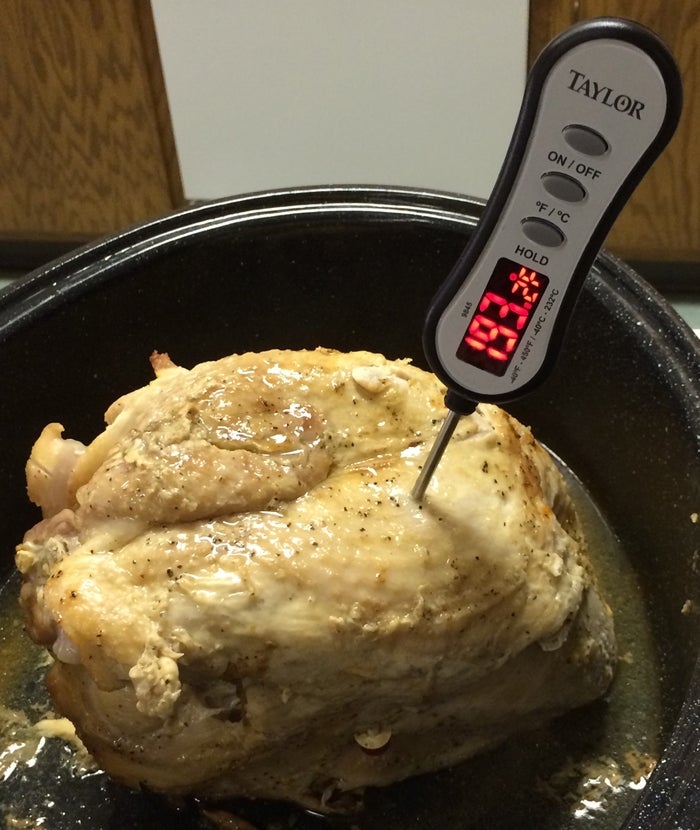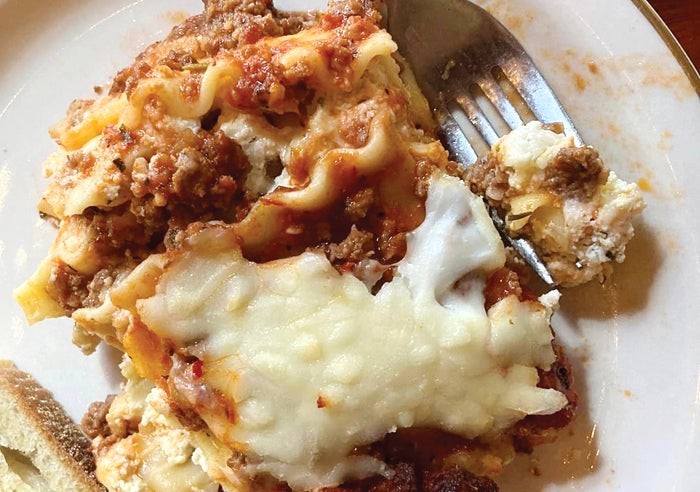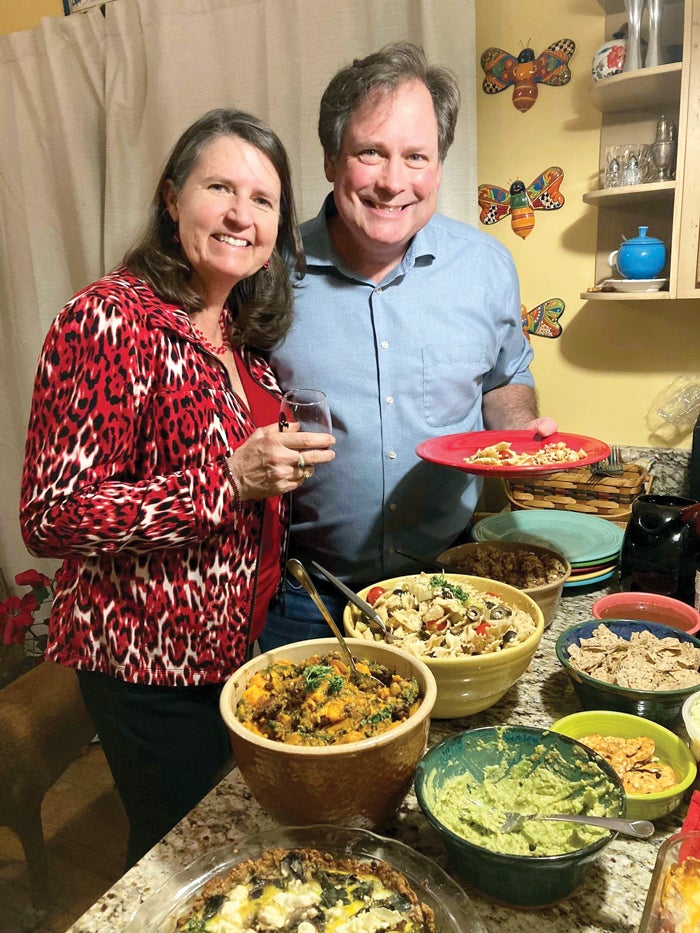Toi Degree: For a happy Thanksgiving, keep food safe
Published 12:00 am Tuesday, November 18, 2014

- Cooperative Extension Toi Degree's traditional roasted turkey breast.
By Toi Degree
Rowan Cooperative Extension
Thanksgiving is just around the corner and many of you are making preparations for the perfect turkey dinner complete with all the fixings. Whatever your definition of a perfect is, make sure you also include safety.
Thawing
There are only three safe methods of thawing: refrigerator, cold water and microwave. Thawing times differ greatly, depending on which method you chose. As soon as thawing begins, any bacteria that may have been present before freezing can begin to grow again. So thawing correctly is as important as avoiding the “Danger Zone.” This is when the outer layer of food falls between 40 and 140 degrees, the temperature where food-borne bacteria multiply rapidly.
Refrigerator – Refrigerator thawing requires planning ahead. Allow about 24 hours of defrost time for every 4 to 5 pounds in a refrigerator set at 40 degrees or below. Keep the turkey in its original wrap and place the turkey in a container to prevent the juices from dripping on other foods.
Butterball has a great place on their site to assist you with thaw time, calculating how many pounds needed for your dinner and how long to cook your turkey. http://www.butterball.com/calculators-and-conversions
Color water – submerge the bird in its original wrapper in a deep sink of cold water and change the water every 30 minutes to keep it cold. Allow 30 minutes per pound to defrost. Cook the turkey immediately after it is thawed.
Microwave – make sure your microwave oven is large enough to hold the turkey, especially if the oven has a rotating tray. Check manufacturer’s instructions for the size turkey that will fit into your oven. Remove all outside wrapping. Place on a microwave-safe dish to catch any juices that may leak.
Caution: Microwave defrosting is irregular, creating hot spots, which may encourage bacterial growth. Cook the turkey immediately after defrosting.
Cooking
There are many ways to cook your Thanksgiving turkey whether you are planning the traditional method of roasting in the oven, grilling, smoking, deep fat frying, microwaving or cooking in a pressure cooker.
Please make sure that your turkey is completely thawed. Also remember to remove the giblets from the turkey cavities after thawing. Cook separately.
Roasting
- Set your oven temperature no lower than 325 degrees.
- Place your turkey or turkey breast on a rack in a shallow roasting pan.
- For optimum safety, stuffing a turkey is not recommended. It is recommended you cook your stuffing outside the bird in a casserole.
- A whole turkey is safe when cooked to a minimum internal temperature of 165 degrees as measured with a food thermometer. Check the internal temperature in the innermost part of the thigh and wing and the thickest part of the breast.
- If your turkey has a “pop-up” temperature indicator, it is highly recommended that you also check the internal temperature of the turkey in the innermost part of the thigh and wing and the thickest part of the breast with a food thermometer. The minimum internal temperature should reach 165 degrees for safety.
- For quality, let the turkey stand for 20 minutes before carving to allow juices to set. The turkey will carve more easily.
For more turkey basic visit the USDA website at: http://www.fsis.usda.gov/Food_Safety_Education/usda_meat_&_poultry_hotline/index.asp or you may also call the USDA Meat & Poultry Hotline at: 1-888-674-6854.
Toi N. Degree, Family and Consumer Education Agent, Rowan County Cooperative Extension Service, 704-216-8970 or e-mail: toi_degree@ncsu.edu.






